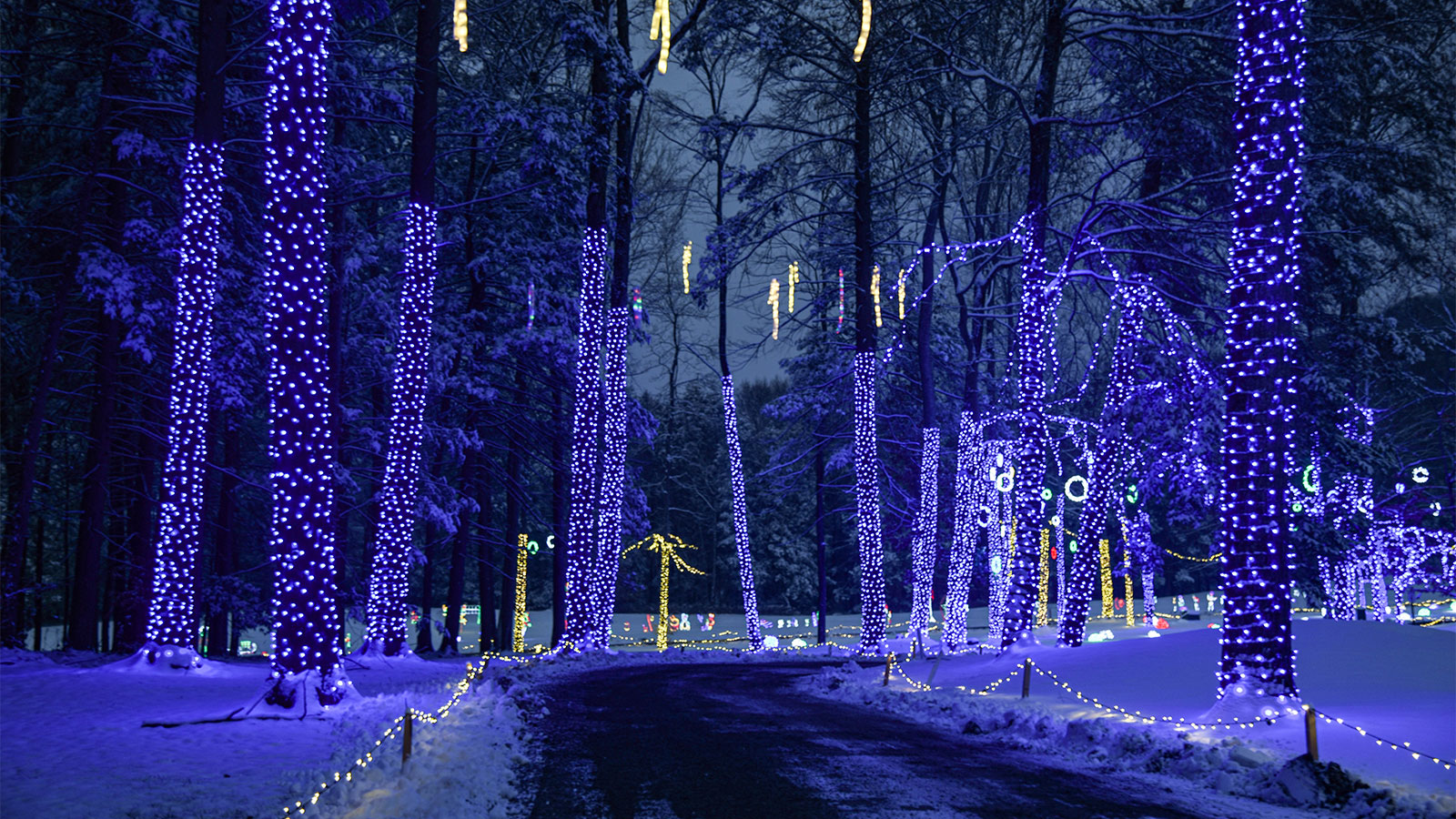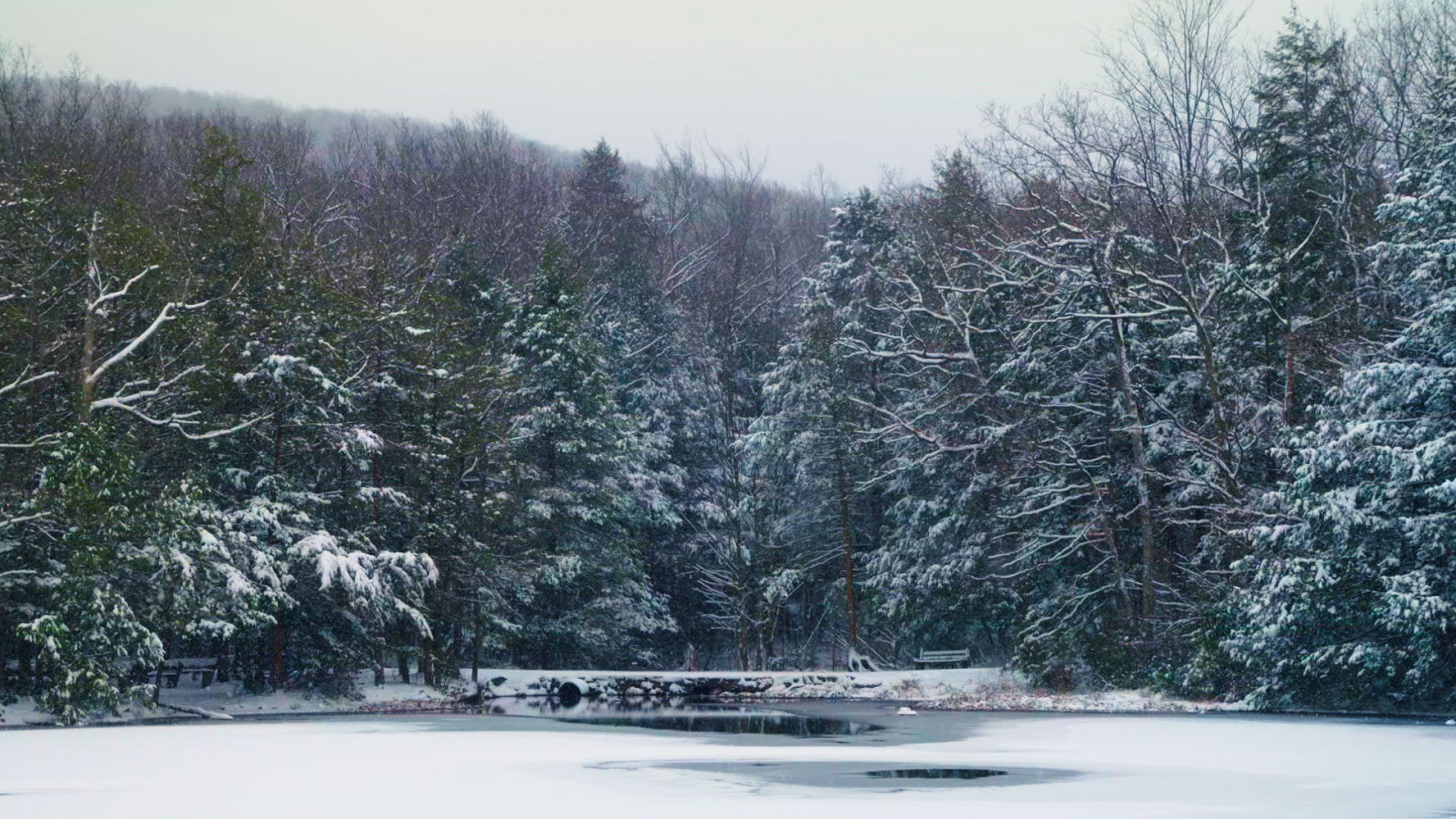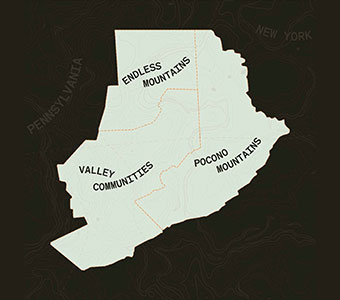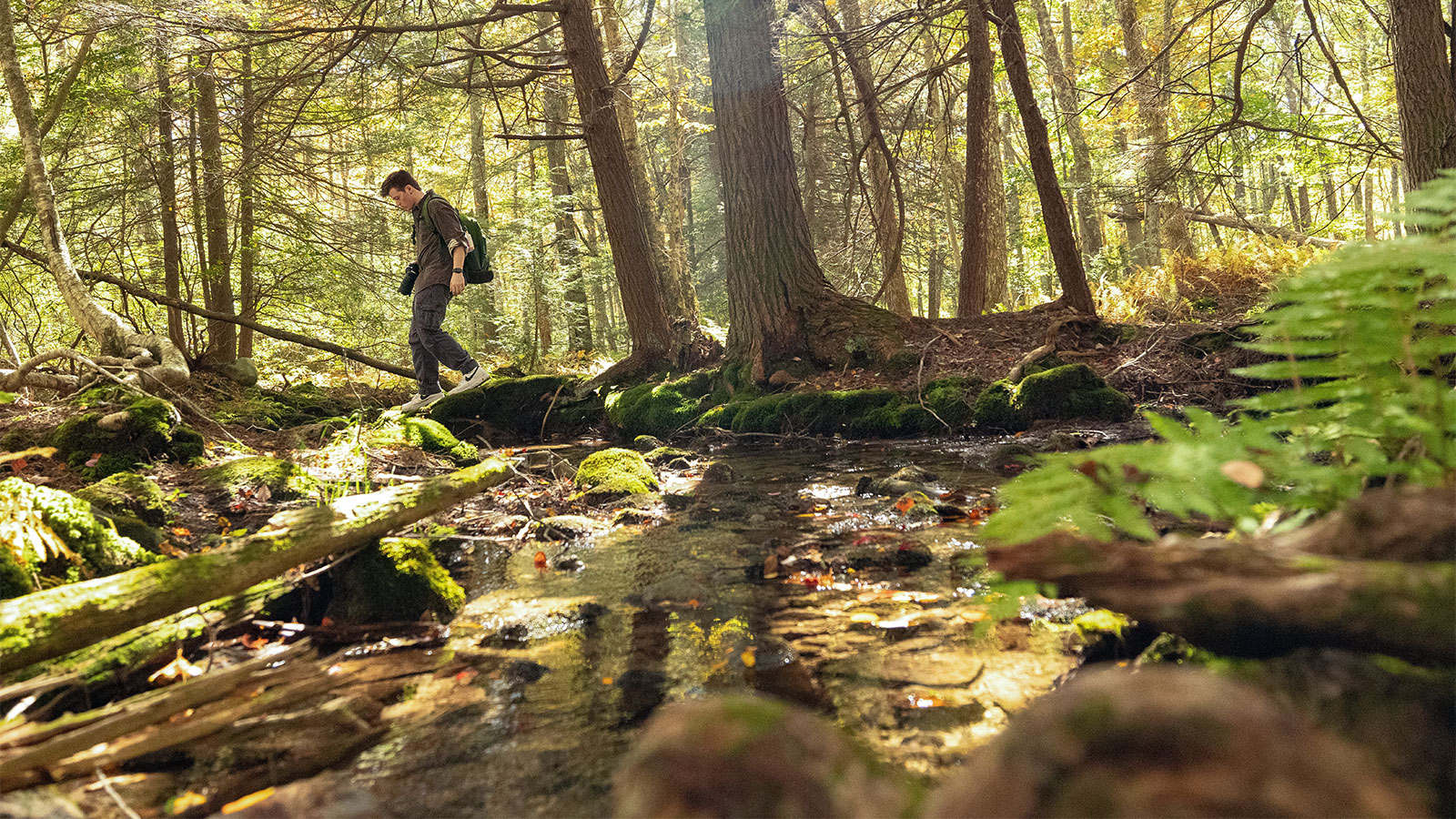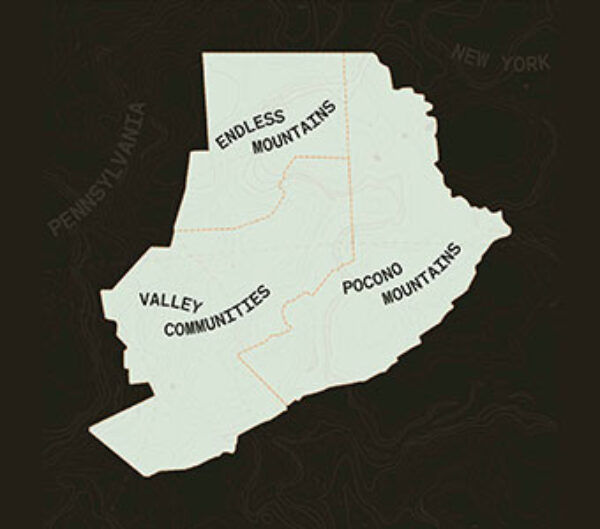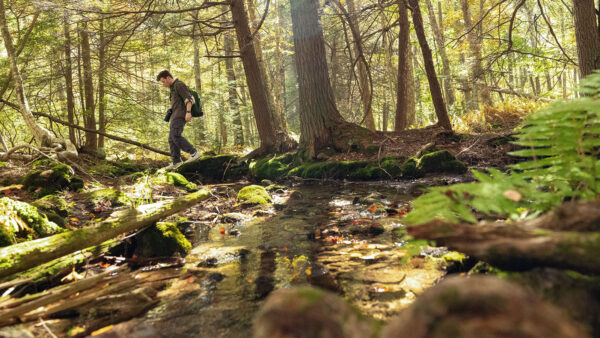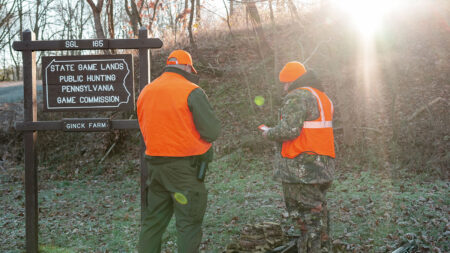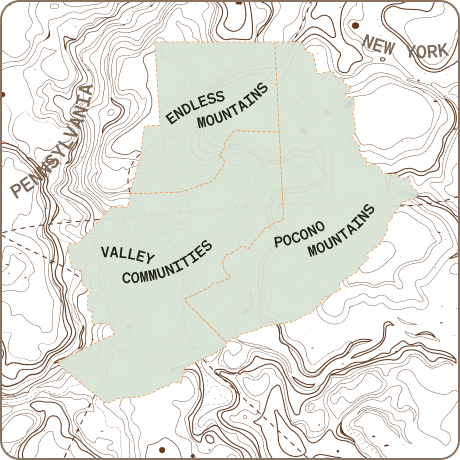Stewarding Our Local Environment
With over 2 million acres of public lands, Pennsylvania is home to some of the most beautiful landscape in the entire country. And at the center of it all are the natural resources that make the Commonwealth the incredible place it is to live and visit. Water, wildlife, trees and forests are just some of the critical resources that need protecting, preserving and conserving for us to enjoy now and to safeguard for future generations.
Fortunately, in every county in NEPA there are conservation districts who develop locally-driven solutions to natural resource concerns. They are important extensions of local government with the mission of connecting state and federal resources and environmental programs to the local environment, local land users, and local citizens.
Regardless of what county conservation district you fall under, they each operate with a similar purpose and mission: to coordinate assistance from public and private, local, state and federal sources to conserve natural resources and promote a healthy environment.
Conservation districts stand as a middleman between state and federal conservation groups and the environmental regulations that benefit communities. Besides their regulatory responsibility, county conservation districts also help funnel state and federal support services to our communities.
“Partnerships are the key to success in local environmental stewardship,” explains Joshua Longmore, Executive Director for Luzerne Conservation District. “Conservation districts often function as the hub that brings together individuals, other agencies, organizations, and resources to achieve shared conservation goals.”
Safeguarding the Commonwealth’s Natural Resources

Conservation districts are the bridge that allows conservation practices to be put in place locally.
Pennsylvania’s 66 conservation districts were established after 1945 as a result of “The Dust Bowl,” a period of severe drought and dust storms in the 1930s that damaged the agriculture landscape across the southwestern Great Plains. In response, President Roosevelt made soil, water and land conservation a national priority.
Governed by a board of volunteer members who are local residents with an interest in natural resource conservation, today’s districts have evolved and expanded. Their areas of interest and expertise involve almost every area of natural resource conservation and help residents find solutions for everything from concerns in your backyard to farmlands and forests. And all for free.
“We contract with state and federal agencies to provide technical assistance, outreach, project coordination, and financial resources in order to achieve overarching environmental goals in ways that meet the local needs and priorities of the natural resources and people within our county,” Joshua emphasizes.
Critical Community-Centered Collaborations

Each individual county conservation district decides for themselves which initiatives take precedence.
There are a wide range of programs and services offered nationally and regionally depending on the local landscape and priorities.
“The grassroots nature of conservation districts enables our agencies to make connections and bring resources that conserve and improve our local soil, water, and other natural resources for the benefit of our neighbors and our future neighbors,” add Joshua.
Conservation districts implement a variety of programs and provide assistance for a range of issues unique to their county, such as:
- Abandoned mines reclamation and acid mine drainage
- Agricultural assistance and land preservation
- Chesapeake Bay Program & watershed protection
- Dirt and Gravel and Low Volume Road Program
- Environmental education
- Erosion & Sedimentation Pollution Control
- Floodplain restoration and management
- Forest management
- Insect born disease control
- Invasive plant and animal control
- Land preservation
- Nutrient management
- Stormwater management
- Urban tree planting
- Watershed protection
- Wetlands and stream restoration and encroachments
- Wildlife management
NEPA County Conservation Districts
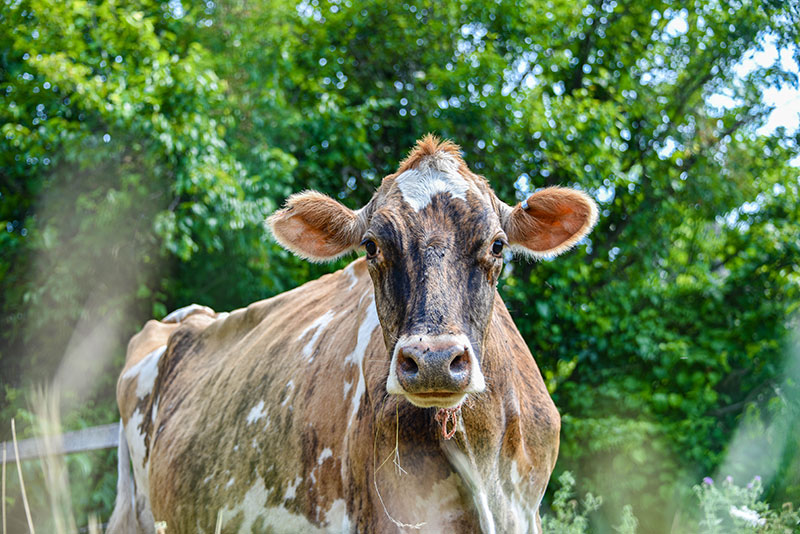
Conservation districts are personally invested in improving the quality of life in their communities.
As conservation regulatory advisors, their focus is on achieving voluntary compliance with environmental requirements and working collaboratively with community members to help them responsibly and efficiently steward the land and water.
From erosion and sediment control to assisting with best management practices for farms and agriculture, they provide technical assistance, grant funding, and project management support. Conservation districts act as the local connection to get conservation work implemented in our neighborhoods.
Contact your local conservation district to learn about the help that’s available in your area.
Columbia County Conservation District
Lackawanna County Conservation District
Monroe County Conservation District
Pike County Conservation District
Schuylkill Conservation District
Susquehanna County Conservation District
Wyoming County Conservation District
Article updated from its original version published on 11/2/23.

